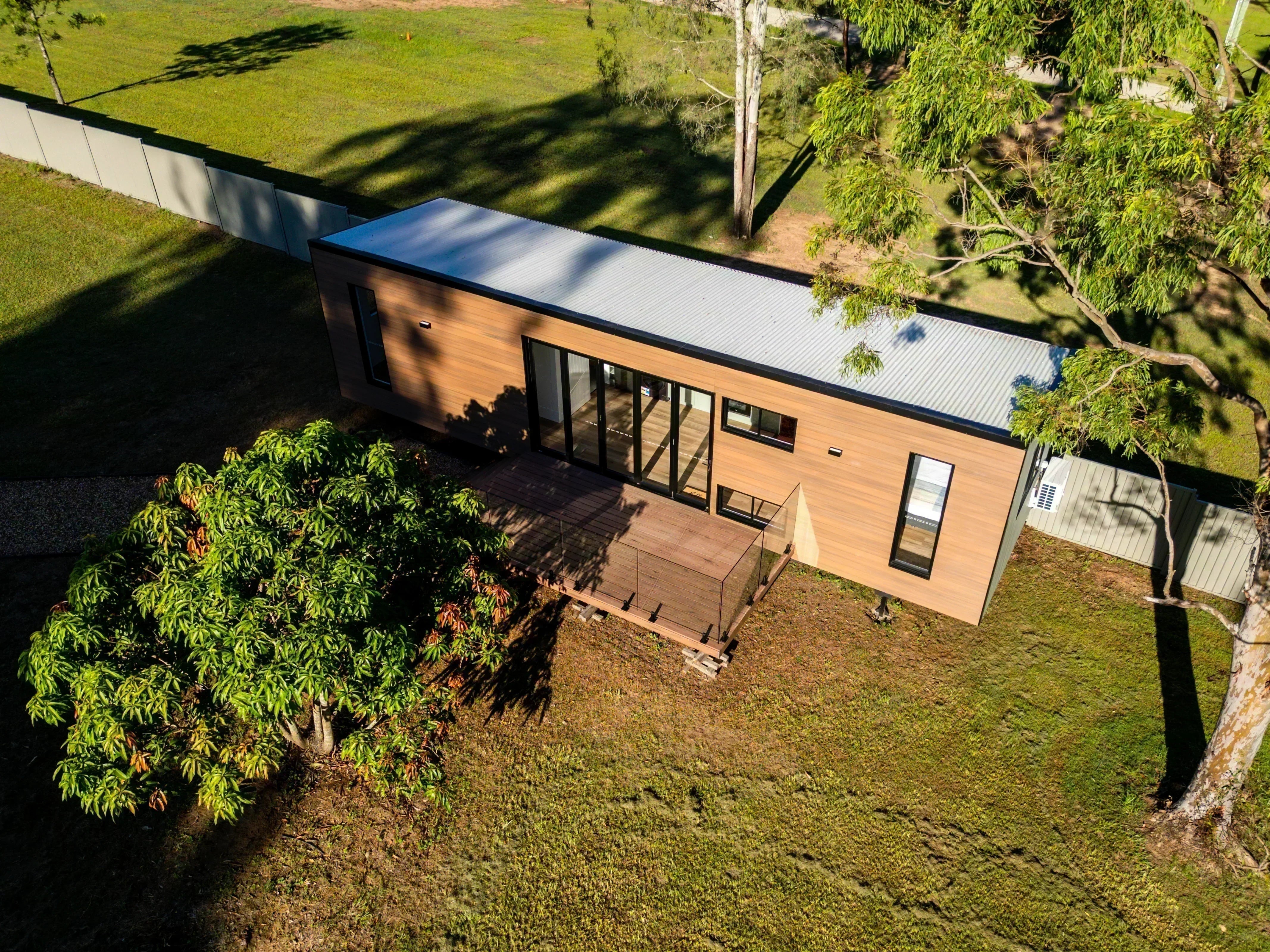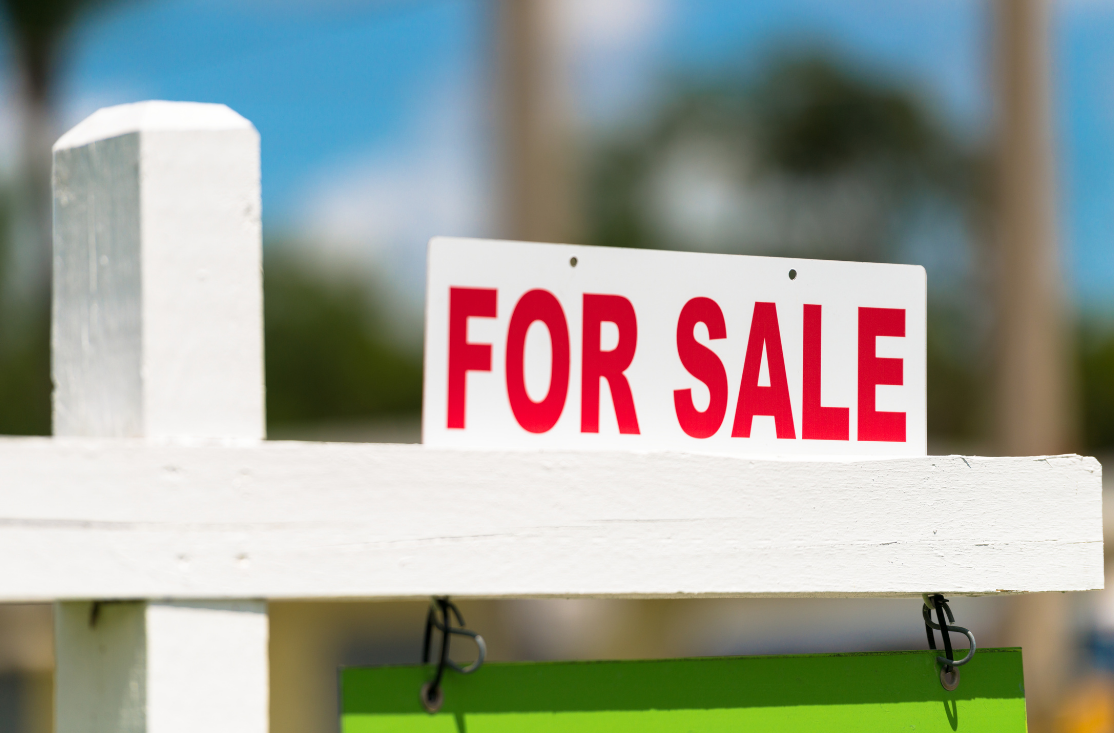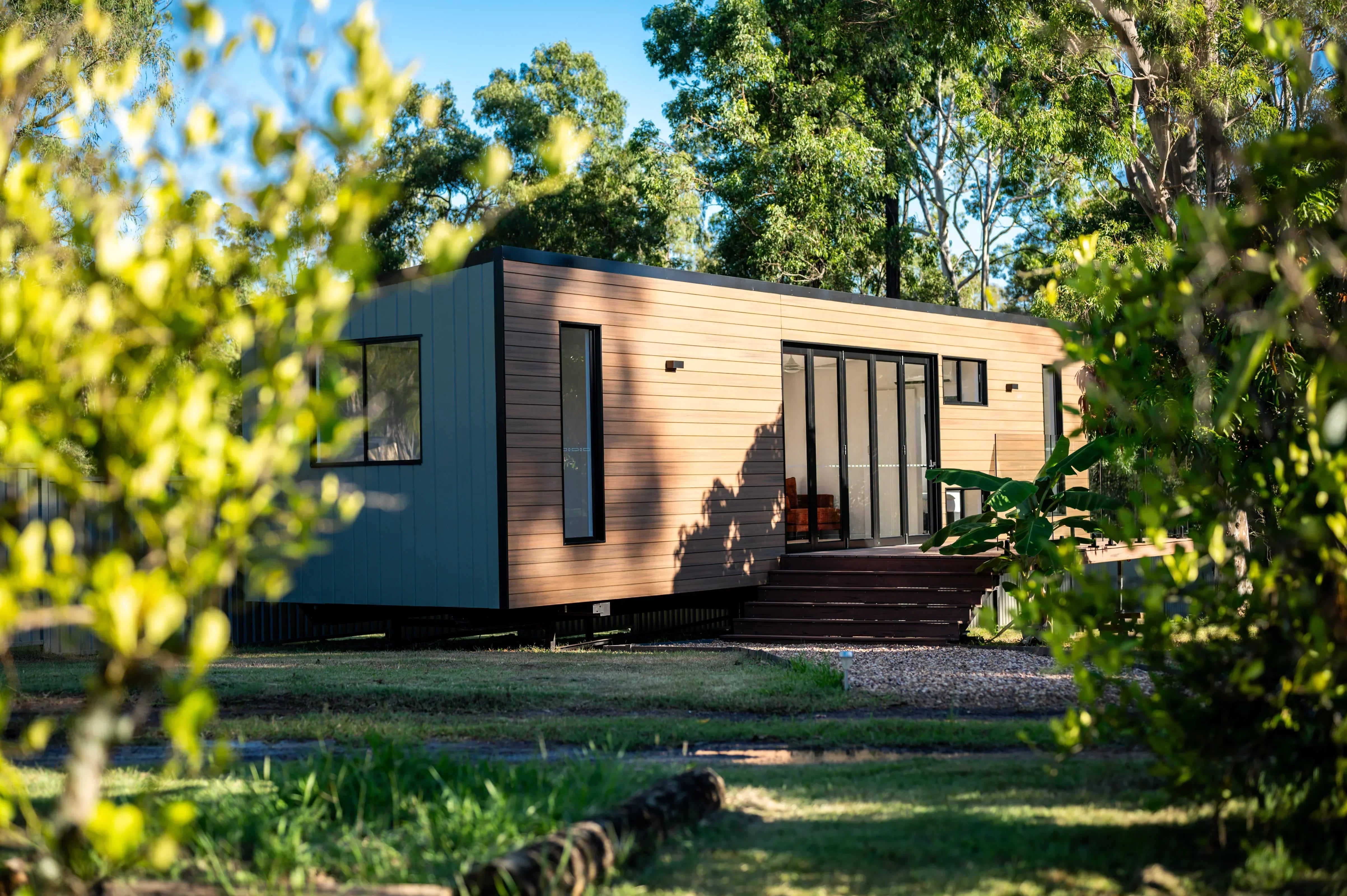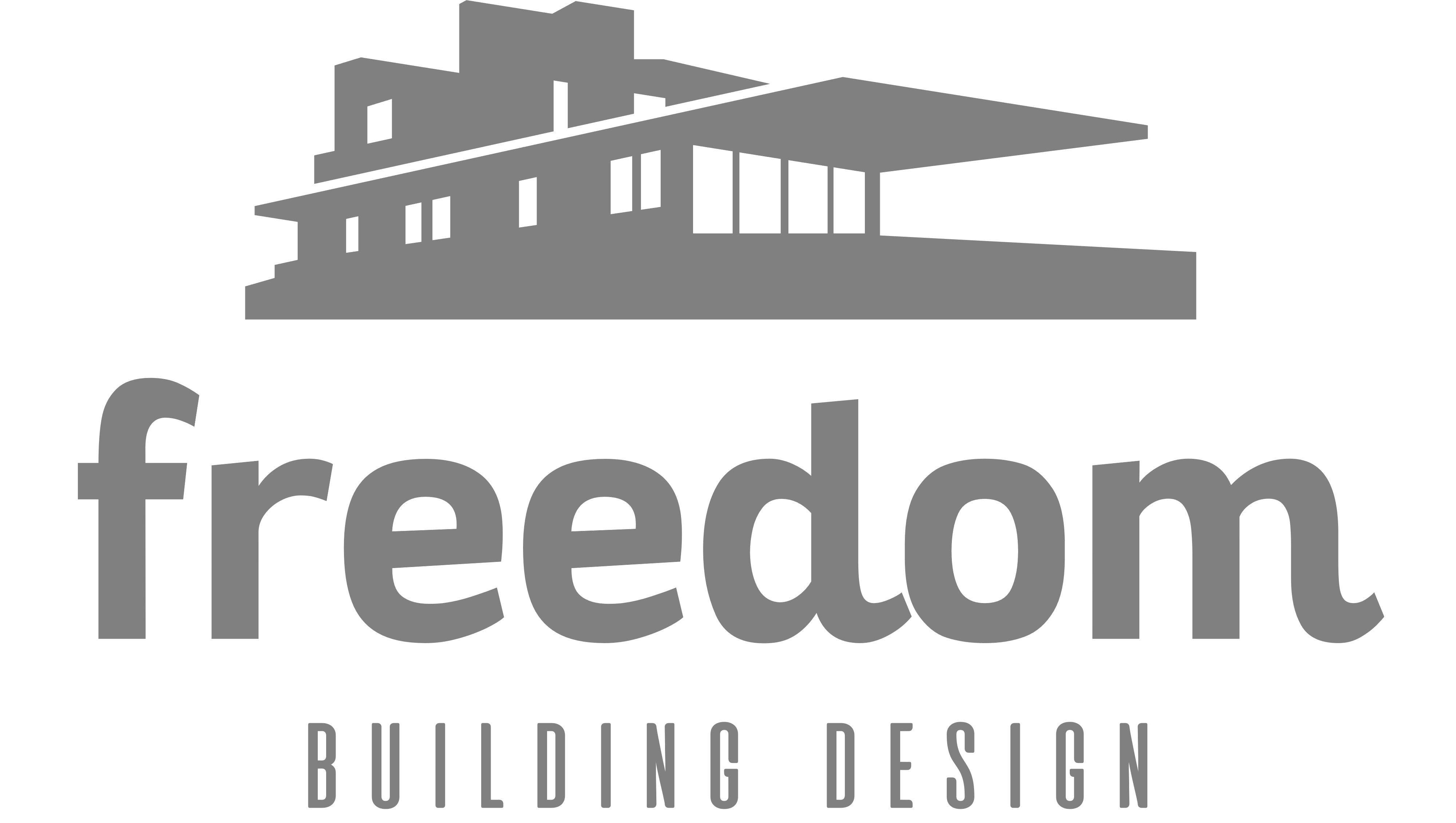
Pros and Cons of Modular Homes in Australia | Expert Insight
The Pros and Cons of Modular Homes in Australia
“Home is the starting place of love, hope and dreams.” – Anonymous
Modular homes have come a long way from their humble beginnings. Once considered temporary or low-cost alternatives, they’re now a serious contender in the residential housing market—especially in Australia, where affordability, sustainability, and speed of construction have become increasingly important to both urban and regional buyers.
Having worked closely with clients, engineers, and developers across Queensland and New South Wales, seen firsthand how modular homes can change lives—but they also come with their own set of challenges. In this article, we’ll explore the pros and cons of modular homes from a practical, lived, and expert perspective.
Table of Contents
-
What Are Modular Homes?
-
Pros of Modular Homes
-
-
Cost-Effectiveness
-
-
-
Faster Build Times
-
-
-
Sustainability
-
-
-
Flexibility in Design
-
-
-
Quality Control
-
-
-
Remote Accessibility
-
-
Cons of Modular Homes
-
-
Land Limitations
-
-
-
Council Approvals and Regulations
-
-
-
Resale Value
-
-
-
Design Constraints
-
-
-
Transportation Risks
-
-
Personal Experience in the Field
-
Conclusion
What Are Modular Homes?
Modular homes are prefabricated dwellings built in factory-controlled environments and then transported in sections (modules) to the final site for assembly. Unlike mobile homes, modular homes are permanent structures once installed on-site and comply with the Building Code of Australia (BCA).
Pros of Modular Homes
Cost-Effectiveness
Modular homes can offer up to 20–30% cost savings compared to traditional homes. Because they are built in a factory setting, labour and material costs are lower, and there’s minimal waste. Many of my clients—especially first-home buyers and retirees—found modular living the only viable way to own property without breaking the bank.
Faster Build Times
One of the biggest appeals is speed. While traditional builds can drag on due to unpredictable weather and labour delays, modular homes can be completed in as little as 12–16 weeks.The speed helped one of our regional clients in Townsville move into their new home before the wet season hit—an outcome that wouldn’t have been possible with a conventional build.
Sustainability
Sustainability is more than just a buzzword in today’s housing market. Modular homes are inherently more eco-friendly due to:
-
Reduced waste
-
Efficient energy use during production
-
Lower carbon emissions from streamlined transportation
Most builders now offer solar-ready or fully off-grid options—a huge plus for Australians looking to live sustainably in rural or bushland areas.
Flexibility in Design
Modern modular homes can be customised to suit a wide range of lifestyles—2-bedroom granny flats, coastal retreats, or multi-level family homes. With 3D visualisation and CAD tools, clients can preview their layout and tweak it even before manufacturing begins.
Quality Control
Factory-built homes undergo rigorous quality control checks, ensuring consistency in materials and workmanship. Every module is constructed in a controlled environment, free from weather delays or site issues. I’ve seen fewer defects and call-backs in modular builds compared to traditional ones.
Remote Accessibility
For Australians living in remote or regional locations where access to skilled trades is limited, modular homes are a game-changer. I’ve personally managed builds in places like Alice Springs and remote WA, where delivering a complete home rather than coordinating multiple trades was the only feasible solution.
Cons of Modular Homes
Land Limitations
You must own or lease land, and not all plots are suitable. Sloping sites, poor soil conditions, or limited truck access can create problems. One of my clients in Byron Bay faced steep transport costs due to narrow access roads that required crane lifts.
Council Approvals and Regulations
Each local council in Australia has its own rules. While modular homes still comply with the BCA, obtaining DA (Development Approval) and BA (Building Approval) can sometimes be complex. It’s crucial to engage with a builder who understands your local regulations.
Resale Value
Modular homes, especially smaller or transportable models, can be undervalued by real estate agents and buyers who are unfamiliar with their benefits. The perception is changing, but it’s a factor worth considering if resale is important.
Design Constraints
While modular homes offer a good degree of customisation, extremely bespoke designs can be difficult or costly to manufacture. For example, cantilevered rooms or curved walls may not be viable in a modular setting.
Transportation Risks
Modules need to be transported from the factory to your site. This adds risk—especially in cases where long distances or poor road conditions are involved. Damage during transport, while rare, can delay completion or require on-site repairs.
Conclusion
Modular homes offer a powerful alternative to traditional housing—particularly for Australians seeking affordability, speed, and sustainability. They’re especially suited for remote living, downsizing, or building within strict timelines.
However, challenges like council approvals, land constraints, and resale perceptions should not be overlooked. With the right builder, informed planning, and clear expectations, the benefits can far outweigh the drawbacks. As someone who has walked alongside dozens of homeowners in this journey, my biggest takeaway is this: modular homes aren't just an affordable choice—they’re a smart one, when done right.
Whether you’re building your forever home, a weekend getaway, or a rental investment, modular homes deserve serious consideration.









